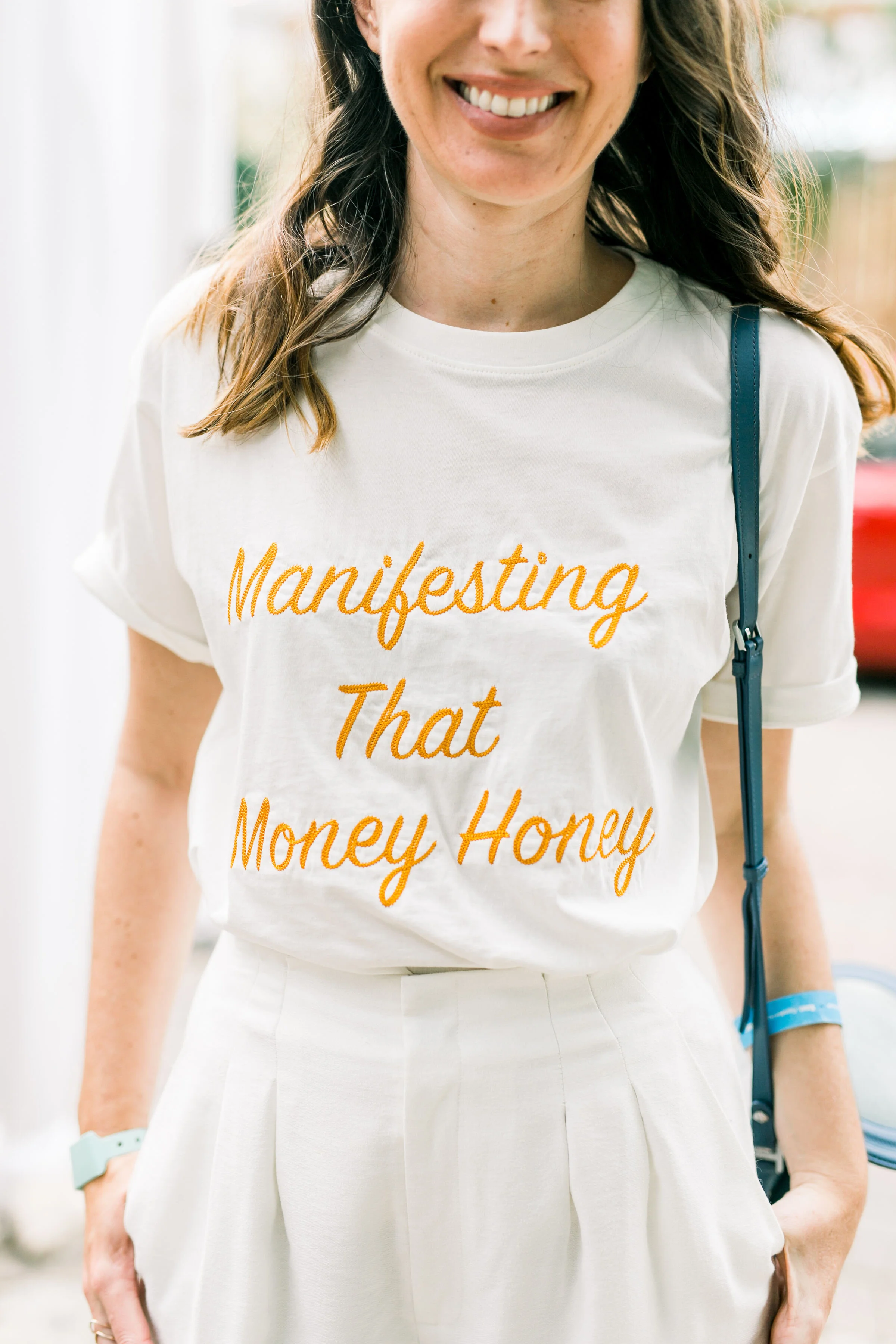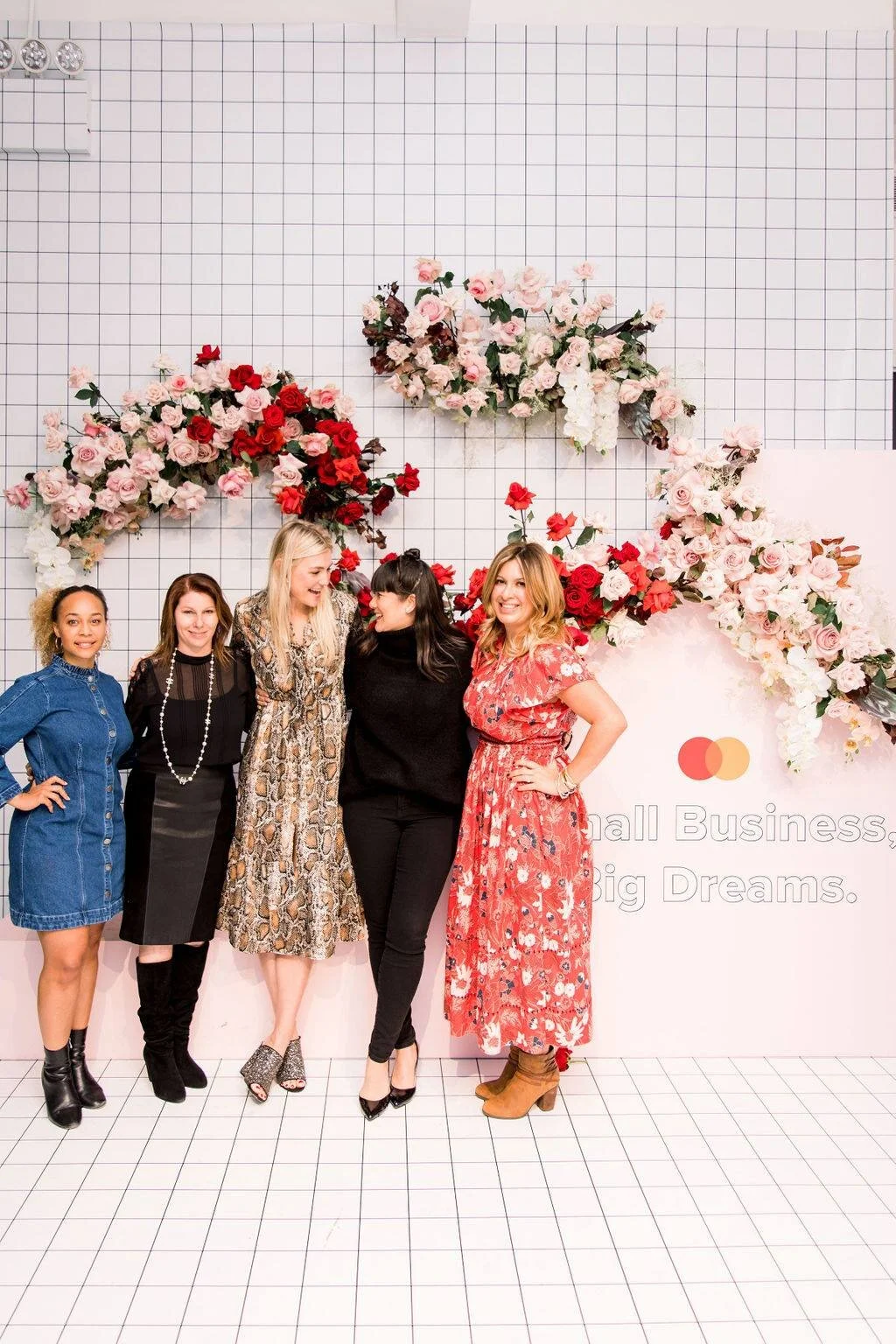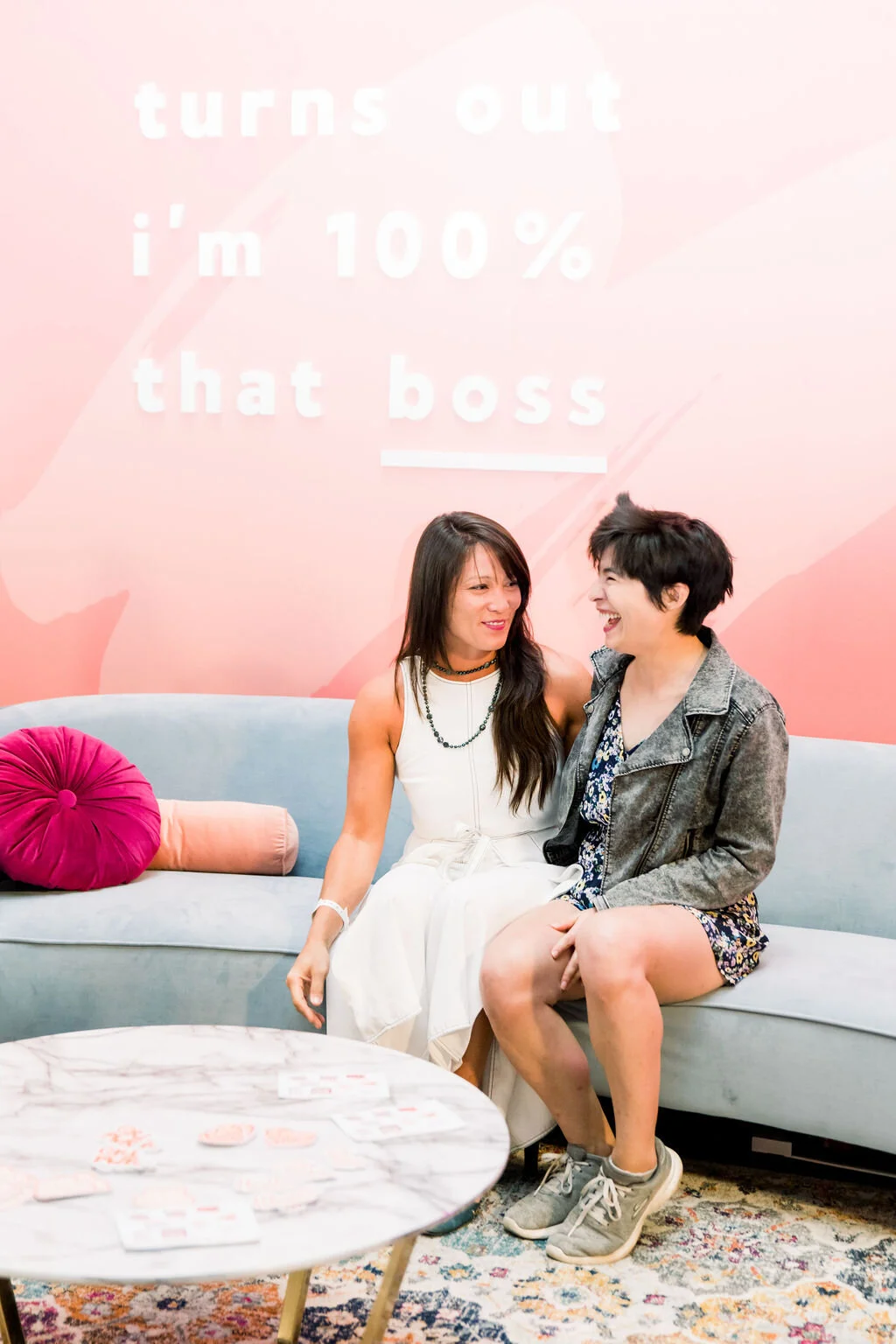Op-ed Overview
The pandemic has been a lonely time for LGBTQ+ youth for those who do not live in supportive households, making the need for inclusive spaces outside of the home even more important. With the pandemic, connecting with people outside of the home has been particularly difficult and we’re seeing youth turn to safe digital spaces as an alternative. I’m reaching out on behalf of Apple to introduce you to Trill Project, an app created by a talented, up-and-coming teenage developer, Ariana Sokolov. The young, LGBTQ+ ally created the app to ensure her best friend, who came out as bisexual, had a safe space online to express herself.
After hearing how hard it was for her friend to come out, Sokolov developed Trill – a combination of the words true and real – as an anonymous social network with no usernames (it uses various colors instead!) where everyone can freely and safely express themselves. Created by teenagers passionate about coding, the app provides a supportive community to make new connections and have authentic conversations.
Timed to April’s Sexual Assault Awareness Month, Ari can draft an op-ed that speaks to:
How the Trill Project creates a safe space for the LGBTQ+ community and why that is so important for this community specifically during April’s Sexual Assault Awareness Month
Her allyship to the LGBTQ+ community and inspiration for creating the Trill Project
How she came to become an advanced coder at such a young age
How her experience at Apple’s Worldwide Developers Conference and Apple’s Entrepreneur Camp built her coding skills
photos: https://drive.google.com/drive/folders/1x-SR7fAL5TWniGQ5NXtI_NnMpXAPTEeo
Can you tell us a bit about your background and what you were doing professionally before launching Trill Project?
I started coding when I accidentally walked into a computer science class at a summer camp when I was eight years old. I loved getting to combine my interest in math and design to create something from scratch, and this is what drew me to app development. Growing up, I used the coding resources Apple provides online to teach Swift classes to myself.
Eventually, I was awarded a student scholarship to the Apple Worldwide Developers Conference (WWDC). And my love for developing apps only grew stronger. Through this, I was able to unlock a community of fellow app developers that loved to create apps that impacted the lives of others. I was privileged to have the support of Apple engineers in labs and attend talks at WWDC that were instrumental in allowing me to become the app developer I am today.
I launched my business when I was 16 years old. Before that, I founded my own app development company and was working on projects for a variety of clients with my work being recognized by Apple, South by Southwest, and the U.S. Congress.
What was the “lightbulb moment” for Trill Project? What inspired you to start your business and pursue this path?
After hearing about my friend’s struggle coming out as a bisexual teen, I rallied together my Girls Who Code Club, and we sent out an anonymous survey to LGBTQ+ teens across Tumblr. We asked users, “What would you say if nobody knew you were saying it?” Through grassroots marketing strategies, we received hundreds and then thousands of responses to this survey. Responses trickled in around stories of feeling unheard, isolated, and alone.
We were stunned to see that many LGBTQ+ teens felt this way, especially in toxic digital spaces, so we decided to address the mental health issues affecting the LGBTQ+ community. After interviewing LGBTQ+ teens in our high school and learning from our friends how difficult their coming out experiences were, these early connections in customer discovery, who believed in my team and me enough to share their stories with us, became our first beta testers. Trill was designed collaboratively with 10,000 beta testers, and our users have trusted us from day one to listen without judgment and build this community for them, with them.
After working on Trill for a bit, we were accepted into Apple Entrepreneurship Camp. Here we were able to get tremendous feedback on the design and structure of our app to make it more meaningful to our users. We also learned how to integrate Machine Learning technology that would direct users to relevant crisis resources. These improvements that we made over the course of the program were very important to improving Trill.
An entrepreneurial career path is so special because it allows you to identify real problems in your life, like my friend’s struggles with her identity, and take action. I didn’t set out to be a founder necessarily, but I did seek out to solve a problem for my friend. And now I’m able to create technology that is used every day by my classmates, the online communities I belong to, and my generation as a whole.
Did you write a business plan? If so, was it helpful, and if not, what did you use to guide your business instead? Why did you take that approach?
My team and I participated in the Technovation Challenge, a global competition encouraging female-identifying high schoolers to build an app to solve a social problem. Through this, we were able to write our first business plan.
In the words of Former President Dwight D. Eisenhower, “Plans are useless, but planning is indispensable.” With regard to Trill, we actually have pivoted and evolved our business tons since participating in Technovation. That said, the process and exercise of taking time in the early days of our launch to consider moderation at scale, paid marketing campaigns, revenue strategies, and company culture was incredibly useful. If anything, writing a business plan gave us an opportunity to start thinking about some of the tough questions around building a business like how you make money and how you will grow community. Even if we didn't have all the answers when we first made our business plan, it gave us a solid foundation.
The primary guiding force we’ve always used when building our business (more than any business plan) is real-time user feedback. We are strong advocates for practicing collaborative and inclusive design processes that are user-centric. We’ve maintained a robust beta tester community with regular surveying, interviews, and focus groups to make sure we are building a product that users actually need, want, and are finding value in.
How did you come up with the name Trill Project, and what are some of the things you considered during the naming process?
Trill is a combination of the words true and real. And Trill Project is an anonymous social network for mental health peer support.
While it may seem counterintuitive, our experiences with Trill have given us the unique empathy and insight that anonymity and stepping away from whatever identities constrain you in the real world can actually allow you to more fully discover your true and real self. On Trill, we turn social media on its head. We replace followers with friends, emojis with True feelings, and selfies with Real people.
We allow users to unlock their most authentic selves in a digital world, and it doesn’t happen overnight. The movement to make the internet a safer and more kind space for people from all walks of life is an ongoing process and project. It’s Trill Project.
What were the immediate things you had to take care of to set up the business?
Immediately after coming up with the idea for Trill, my first action item was to build out a team. My team and I believe in capitalizing on our strengths and hiring for our weaknesses. Personally, I am a technically minded individual and enjoy software development, graphic design, and product management. So I brought on a co-founder who was more inclined towards the world of operations and could handle marketing, external relations, and sales down the line.
We worked right away to build team culture, setting expectations around responsibilities, commitments, and values. We did this by establishing workflow tools (GSuite, Trello, and Slack), setting up anonymous surveys for internal feedback, and identifying goals or OKRs for a given work sprint. We also collaboratively wrote community guidelines and strategized together on brand identity and company vision documents. With regard to logistics, we also had to set up our website, our social media channels, officially incorporate, and bring on an accountant and lawyer to advise us.
What research did you do for the business beforehand?
We were lucky to participate in an accelerator program in the early days of Trill. This gave us an excellent community right away to tap into for answers to questions around our business. We would recommend accelerators and incubators for first-time founders because it provides a valuable sense of structure, accountability, and routine. Additionally, you will be able to connect with other founders who can empathize in your journey and mentors and experts who are motivated to work with you.
How did you fund Trill Project? What were the challenges and what would you change? Would you recommend your funding route to other entrepreneurs today?
We have been bootstrapped and only raised capital from equity-free sources such as pitch competitions and incubator programs. For us, this was the right decision and we wouldn't have changed anything around our fundraising journey. Given that we weren’t ready to work full-time on Trill and wanted to finish our college degrees, bootstrapping gave us the flexibility to run the business on our own terms and not feel pressured to grow in ways that weren’t authentic to our mission.
I would recommend that founders take a critical look at what their ultimate goal is for their business. Do you want to grow very quickly? Is this a side hustle? Are you mission-oriented? Do you need capital to hit these goals? And then make educated decisions around fundraising from there.
Do you pay yourself, and if so, how did you know what to pay yourself?
At this time, no one on Trill’s team takes a salary as we are all also still full-time students.
How big is your team now, and what has the hiring process been like? Did you have any hiring experience before this venture? If not, how did you learn and what have you learned about it along the way?
Our team is now over 30 high school and college students from around the world all working as volunteers at Trill. Neither of us had any formal hiring experience since we started this venture so young, and for us the hiring process is something we put a lot of thought and care into.
We recruit for our “trillternship” every new semester in the school year and during the summer. To do this we tap into women in tech groups we are a part of, personal connections, and outreach on campuses. We have a written component and interview process for all interested candidates. We evaluate possible hires not only based on their skill set but also their knowledge of Trill, support of our mission, and fit within our company culture and values.
We’ve learned that it is critical to interview not just for skills but also for this mission alignment. Trill is a remote-first team, and most of us have never even met in person. Everyone is a volunteer. And so it’s important that we all like each other and the work that we’re doing. We conduct regular team satisfaction surveys and host a variety of team bonding socials such as movie nights, game nights, and showcases of our work. Our team is like a family, and we all support each other not only with our endeavors with Trill but also with our other academic and professional commitments and our own mental health and wellbeing.
We are proud that our team is Gen-Z powered, BIPOC-owned, and majority female engineers.
Did you hire an accountant? Who helped you with the financial decisions and setup?
We do have a bookkeeper who we are so grateful for! We would recommend finding and investing in a bookkeeper early on to keep all your expenses, taxes, etc. organized and in order.
What has been the biggest learning curve during the process of establishing your business?
Learning how to manage running a business with also being a full-time student can be a challenge. We’ve discovered the importance of prioritization and sacrifice. As long as you and your team are on the same page around time commitments, goals, and accountability structures, then it is totally possible to be both a student and a business owner. In fact, college can actually be a great opportunity to take courses that make you a better entrepreneur, tap into professors as potential mentors, and network with classmates who may be future co-founders, hires, advisors, customers, or investors.
How did you promote your company? How did you get people to know who you are and create buzz?
We first launched through a grassroots marketing campaign on Tumblr. From there, we have been growing our community organically mostly through socials. We have an active presence on all major platforms, and we work with influencers through our Trill Talks interview series who in turn promote our community to their audiences. We also have been able to achieve some wonderful press through various incubators and programs we’ve participated in, and we partner with other organizations as well for collaborative campaigns to mutually drive traction for each other’s products and missions.
Do you have a business coach or mentor, and would you recommend one?
Yes, we have a vibrant advisory board, and we definitely recommend building one out. Our business mentors give us tangible advice around our paid marketing campaigns, analytics tracking, moderation curriculum, and more. Additionally, our business mentors also offer less tangible advice sometimes, which can be just as useful. Such advice includes strategic input on time management, company vision, growth, and more.
What is one thing you didn’t do during the setup process that ended up being crucial to the business and would advise others to do asap?
We only recently have started formally setting and sticking to company-wide OKRs. We would recommend that all business owners get into an early habit of goal setting collaboratively with team members. This allows for transparency around milestones, organization around prioritization and delegation, and accountability to hit your business goals.
What is your number one piece of financial advice for any new business owner and why?
Protect your cap table with care. You will put so much time, energy, and love into your business, and you deserve to be an owner of the results of those efforts. Make sure you are building alongside teammates and investors who have been vetted and who share in your vision.
Anything else to add?
Download Trill Project, and follow us on socials. Trill has a full schedule of upcoming Pride Month events, including social mixers, panels, and moderator orientations specific to LGBTQ+ issues. We're collaborating on these events with a variety of mental health and emotional wellness experts, including Blue Fever, a pocket-sized support group app centered around anonymous, judgment-free journaling for every chapter of life. Interested individuals can RSVP for our fireside chat on Mental Health for the LGBTQ+ Community here and for our “Ask Me Anything” Panel here.


















